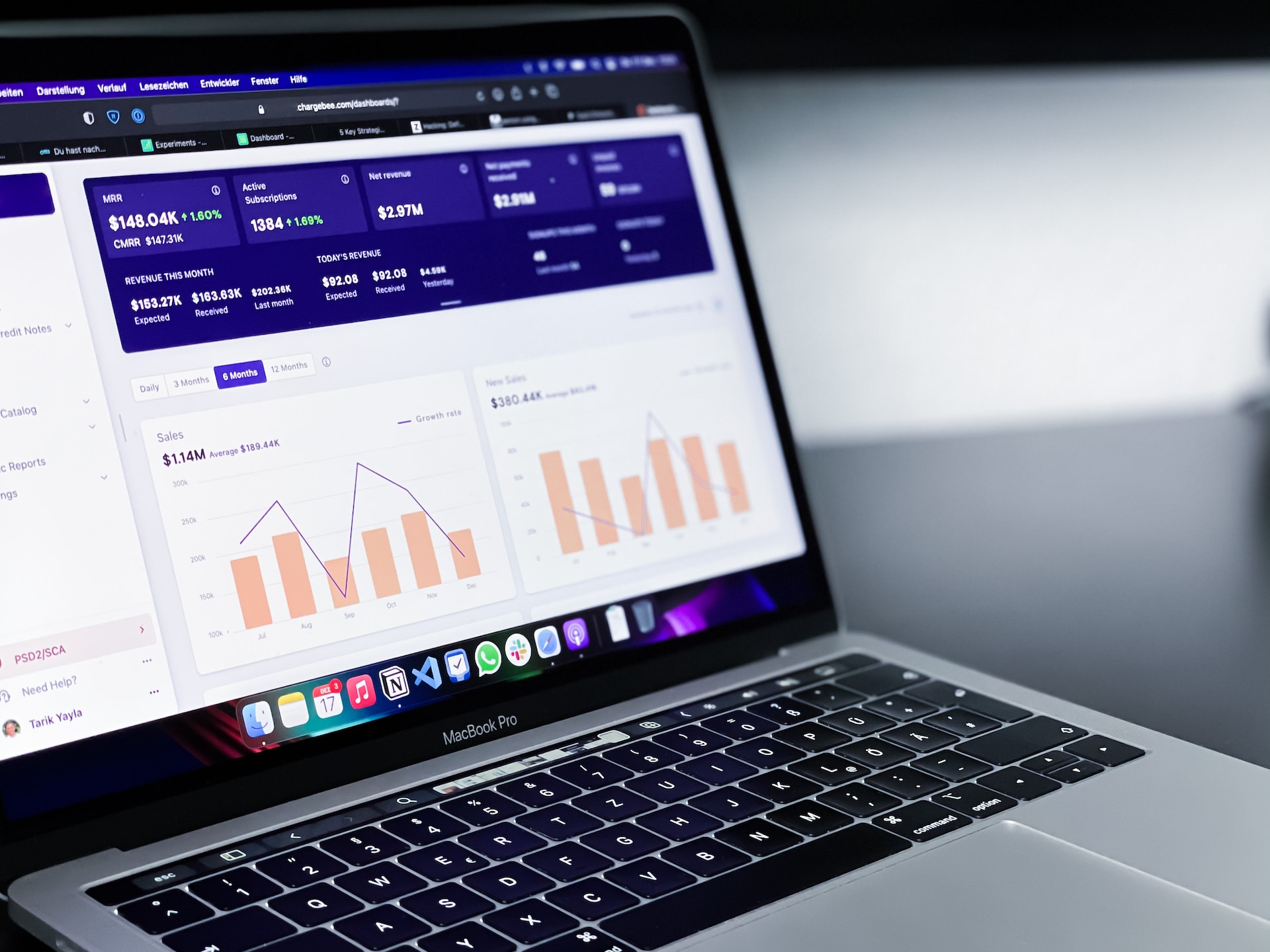Predictive analytics has become a powerful tool for organizations to leverage data and gain insights into future scenarios. By analyzing past data using statistical techniques and machine learning, predictive analytics can anticipate trends, behaviors, and upcoming events. In this blog, we will explore the world of analytics, its benefits, and its transformative impact across different sectors.
What is Predictive Analytics
Predictive analytics is a powerful tool that organizations use to make accurate forecasts about the future. By analyzing historical data, patterns and trends can be identified, enabling organizations to predict upcoming outcomes with a high level of accuracy.
Advantages of Predictive Analytics
- Enhanced Decision-Making: Incorporating analytics enables organizations to make informed decisions based on thorough analysis. By anticipating customer behavior, optimizing operations, and identifying potential risks or opportunities, businesses can improve their decision-making processes.
- Enhanced Customer Experiences: Predictive analytics enables businesses to gain a deep understanding of their customers. By analyzing customer data, organizations can personalize marketing campaigns, provide customized recommendations, and deliver unique customer experiences. This leads to increased satisfaction and loyalty among customers.
- Minimizing Risks: Predictive analytics provides organizations with the tools to identify and proactively address potential risks. Whether it's detecting fraudulent activities, predicting equipment failures, or addressing supply chain challenges, predictive analytics is a valuable resource for minimizing risks and mitigating costly incidents.
- Increased Efficiency and Cost Savings: By using predictive analytics to optimize operations and allocate resources effectively, organizations can enhance their efficiency and reduce costs. For example, implementing predictive maintenance can prevent equipment breakdowns, minimizing downtime and related expenses.
Applications of Predictive Analytics
Predictive analytics brings practical applications across various industries, such as:
- Marketing and Sales: By analyzing customer data, predictive analytics helps identify potential customers, customize marketing campaigns, and optimize sales strategies. This leads to higher conversion rates and increased revenue growth.
- Healthcare: Predictive analytics plays a crucial role in healthcare by helping identify diseases at an early stage, predicting the expected outcomes, and improving treatment plans. This ultimately leads to saving lives and enhancing patient care.
- Finance: Predictive analytics plays a crucial role in various areas such as fraud detection, credit scoring, and investment projections. It helps financial institutions make accurate decisions and effectively manage risks.
- Manufacturing: Predictive analytics plays a crucial role in enhancing manufacturing efficiency. By accurately predicting maintenance needs, optimizing production schedules, and minimizing equipment downtime, it streamlines operations and significantly boosts productivity.
- Retail: The retail industry utilizes predictive analytics to anticipate customer demand, optimize inventory levels, and provide personalized shopping experiences. This leads to higher sales and increased customer satisfaction.
Conclusion
The use of predictive analytics is transforming the way organizations operate by promoting data-driven decision-making, streamlining processes, and personalizing interactions. By harnessing historical data and advanced statistical methods, businesses can uncover valuable insights into trends and behaviors. This drives innovation and success across various industries. As predictive analytics continues to evolve, its ability to fuel growth and provide a competitive advantage becomes even more crucial.













